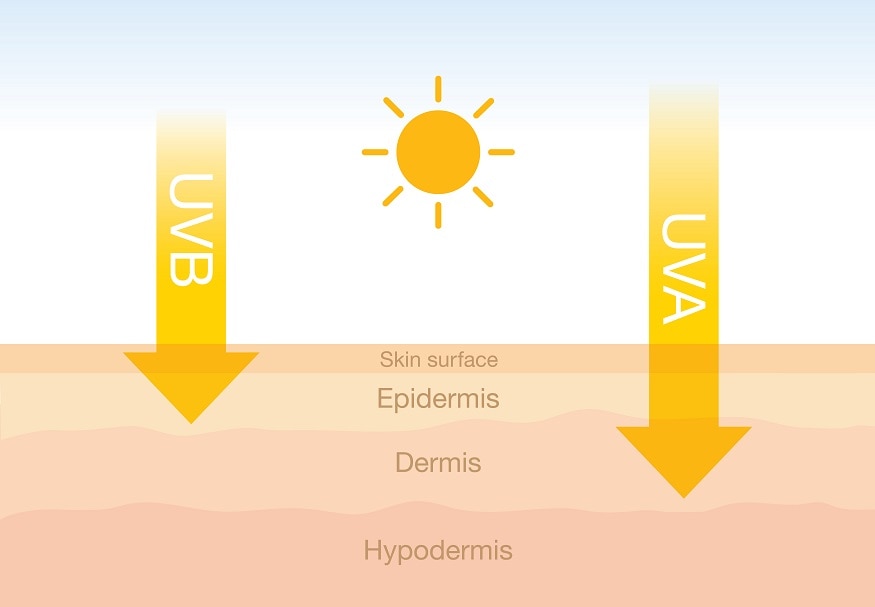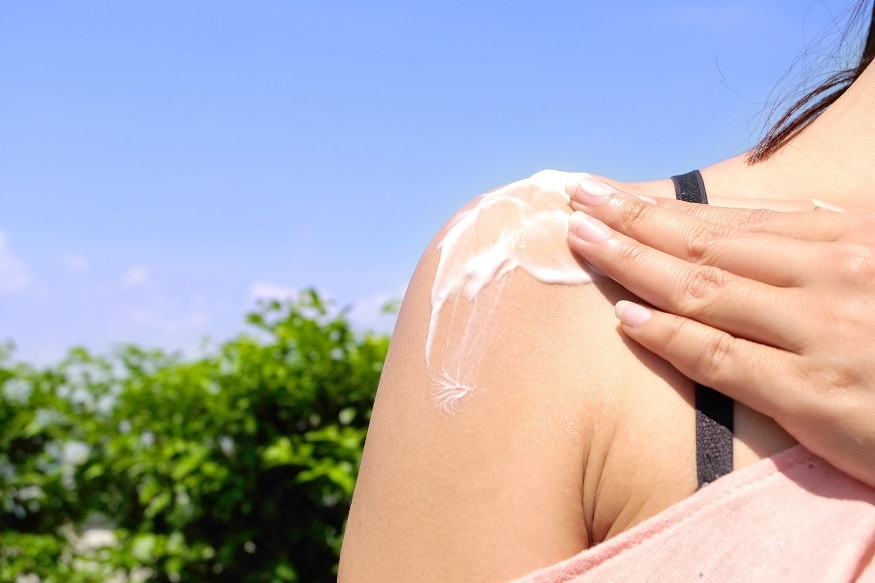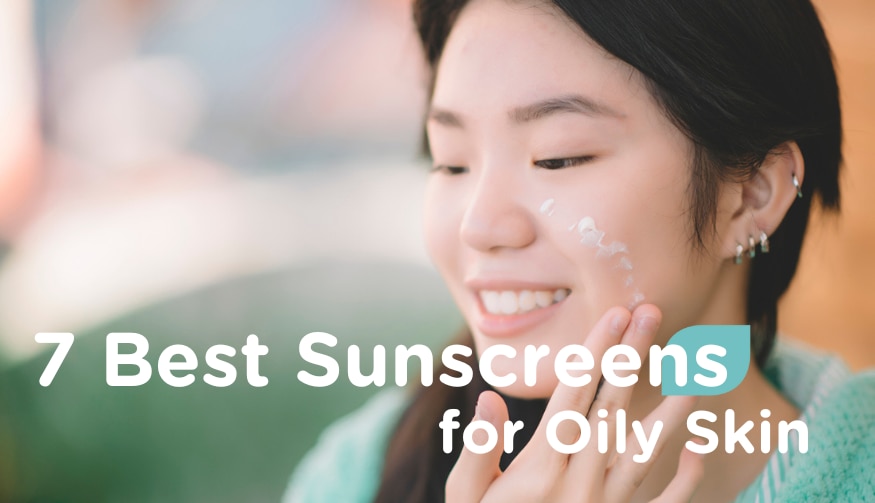
The world of SPF and sunscreen can be daunting, so here’s everything you need to know about sunscreen: from what it is and what it’s protecting you from, to how it works, how much you should apply and what’s best for the different skin types. We’ve got you and your family covered…
How does sunscreen work?
Sunscreen, available most commonly in creams, lotions and spray-on formulas, is applied topically to skin to protect it from the harmful UVA and UVB rays that are emitted by the sun. There are two types of active ingredients in sunscreen: physical blockers and chemical absorbers… read on to find out more about what they are and how they work.

UVA and UVB explained
UVA – Ultra Violet A – rays are the main cause of wrinkles and skin ageing because they penetrate more deeply than UVB – even when the sun isn’t shining, which is why you should wear sunscreen on your face all year round.
UVB – Ultra Violet B – rays cause sunburn and have strong links to skin cancer (including malignant melanoma). Using a sunscreen with UVB protection will help prevent skin burning, which, in turn, will help protect it from skin cancer.

What does SPF mean?
SPF stands for Sun Protection Factor, and the numbers (most commonly 15, 30 and 50) relate to the amount of UVB protection the product offers (see below). SPF15 blocks around 93% of UVB rays, SPF30 blocks around 97% and SPF50 blocks around 98%. The British Association of Dermatologists recommends using SPF30 as standard – and in addition to protective shade and clothing.
SPF Guide

It’s important to bear in mind that using a high SPF doesn’t last any longer than using a lower SPF – the only difference between them is the percentage of UV rays that they’re blocking. No matter what factor cream you choose to use, it should be reapplied every two hours, and you should avoid being in the sun when it’s at its hottest (between 11am and 3pm).
How much sunscreen should be applied?
As a general rule, you should apply at least a teaspoon of lotion to each limb, and just over a teaspoon to the front of and back of your body – but the more you apply, the better. Sunscreen should be applied around 20 minutes before you go out in the sun, and then you can apply it again when you’re outside, just in case you missed any patches.
Sunscreen should be reapplied at least every two hours, and if you’ve been swimming or sweating, it should be reapplied immediately. Most people don’t apply sunscreen correctly. Commonly missed areas are the neck, ears and feet, and hard-to-reach areas – like the back – so make sure you always get someone to help you.

The best sunscreens for your skin type
If you’ve got sensitive skin…
Sensitive skin types should opt for oil-free, hypoallergenic sunscreens that are free from oils, fragrance and chemicals. Ideally, they should be physical sunscreens – meaning they contain titanium dioxide or zinc oxide and sit on top of the skin, reflecting the harmful rays, instead of being absorbed into it.
If you’ve got oily or acne-prone skin…
These skin types should choose light, oil-free formulations that are non-comedogenic (i.e., they won’t clog up pores). Oily skin types should also never use sunscreen designed for the body on your face. Double cleanse to remove the sunscreen to prevent pores clogging.
If you’ve got dry skin…
Dry skin types should use cream or gel-based products, and those containing hydrating ingredients (like glycerin) to help add moisture to your skin.











